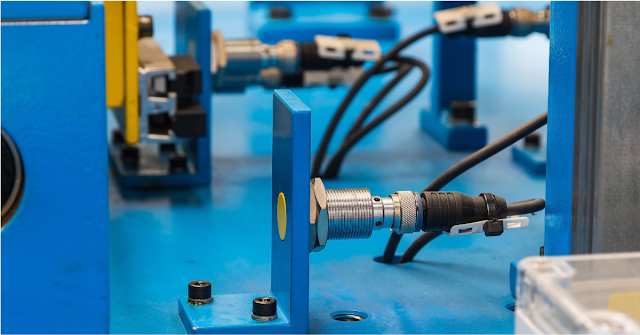Pneumatic System
1. Introduction to Pneumatics
-
Definition: Pneumatics is the use of compressed air to transmit and control energy.
-
Basic Principle: Compressed air is used to do mechanical work, typically by actuating cylinders or motors.
2. Key Components of Pneumatic Systems
-
Compressor – Generates and supplies compressed air.
-
Air Service Units – Includes filters, regulators, lubricators.
-
Actuators – Convert air pressure into motion:
-
Linear actuators (e.g., pneumatic cylinders)
-
Rotary actuators
-
-
Valves:
-
Directional Control Valves (e.g., 3/2, 5/2 valves)
-
Flow control valves
-
Pressure control valves
-
-
Tubing and Fittings – For air delivery.
-
Sensors and Switches – For position and pressure feedback.
3. Working Principle
-
Compressed air is stored in a reservoir.
-
Valves direct the air to actuators.
-
Actuators convert pressure into motion.
-
Exhaust air is released to the atmosphere.
4. Advantages of Pneumatics
-
Clean and safe (no sparks or fire risk)
-
Fast and reliable
-
Simple design and maintenance
-
Widely available components
5. Disadvantages
-
Lower force compared to hydraulics
-
Requires continuous air supply
-
Can be noisy and inefficient at high loads
6. Applications
-
Industrial Automation: Packaging, sorting, lifting
-
Manufacturing: Material handling, clamping, assembly lines
-
Medical Equipment: Dental chairs, ventilators
-
Transportation: Braking systems (e.g., trains, trucks)
-
Robotics: Soft robotics, pick-and-place
8. Pneumatic Circuit Design Basics
-
Symbols and schematic interpretation
-
Single-acting vs double-acting cylinders
-
Sequence control
-
Safety features and interlocks
9. Maintenance & Troubleshooting
-
Checking for air leaks
-
Ensuring proper lubrication
-
Inspecting filter units
-
Actuator responsiveness
10. Future Trends in Pneumatics
-
Integration with IoT and smart sensors
-
Energy-efficient pneumatic systems
-
Electro-pneumatic control systems
-
Simulation-based design using tools like FluidSIM







0 Comments